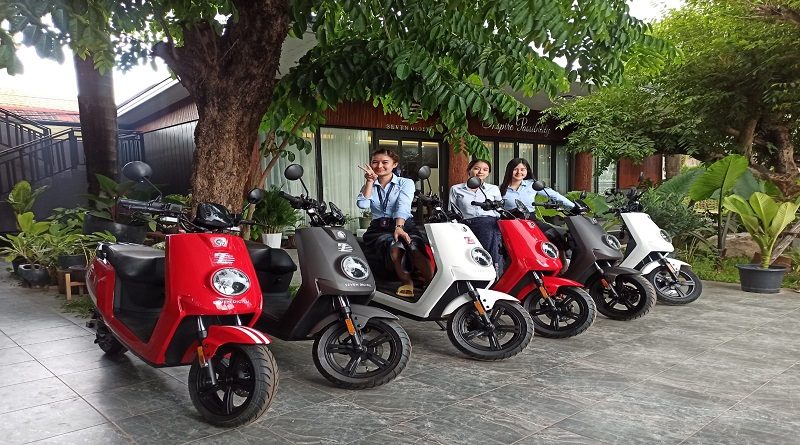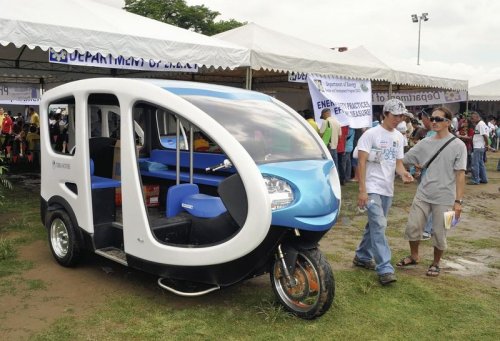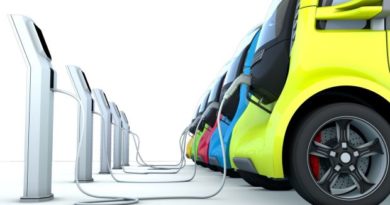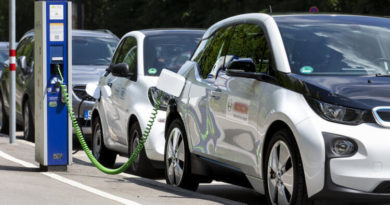Going Electric? Choosing An Electric Motorbike Or Scooter
A series of articles on things to consider when choosing an EV, what models are available and where.
Written by Graham Rawlinson, assisted in interviews and layout and presentation by Viserth.
Price
Clearly price is going to be one of the things to consider, but first think of your purchase as an investment, how long do you see yourself using this electric motorbike or scooter?
Because your use depends on how well built it is, how good the battery is, so some basic calculation on your possible use is worthwhile. Is it for 2 years, 3 or 5 maybe?
Will you use it as a main bike or a second back up bike?
How much will you use it for every day? 10 km? 20? 50?
$200 -$300 won’t give you a bike which will do 20,000 over 5 years. $2,000 probably will.
So, advice no 1, think of it as a long-term investment, you save on fuel and maintenance costs which are truly minimal with most evs. 1,000 kip per 100 km perhaps on fuel, and very low maintenance costs. But the chief maintenance cost is the battery. Lead acid batteries don’t tend to last 5 years, lithium should.
Also, if you need the bike every day, and don’t have a back up bike, then any wait for repairs will be difficult if they don’t offer a replacement bike under warranty and don’t have their own workshop for fixing small things.
Battery type
Why is battery type so important? There is a clear limit on how well lead acid batteries last, either in how many times it can be recharged and the time period, the power drops over time even with not much use. They age quickly. That becomes clear when you look at warranty periods for lead acid batteries, 6 months or maybe a year, whereas lithium warranty is at least one year.
Also. When you have to renew your lead acid batteries, (there will be several on every bike) you might not be quite so sure they are really new batteries. They may have been sitting somewhere fully charged or not, that will reduce their second life! And you could be paying hundreds of dollars to renew them.
There is also a difference in performance for lead acid batteries, they tend to have the power fall off faster. Fully charged they are fine, but at 50% the power can drop and drops more the older the batteries are. This may be fine if you weigh 40 kg, not so fine if you weigh 80 kg and want to go shopping for rice and potatoes!
So, your maximum speed might drop from 50 kph to 30, and going up and kind of slope maybe 15 kph!
So, if you can afford it, go for lithium, the power tends to stay even when the charge is less and they can be recharged more often, last longer and more.
But with both kinds of batteries, remember, they don’t like the heat, so don’t charge if it is 45 C outside and don’t charge in the sunshine!
With batteries you have a few numbers to consider.
20 AH, 26 AH, 30 AH? The AH means amp hours and it is a basic indicator, when combined with the voltage of how much overall power you have, how far you can go carrying what kind of weight at what kinds of speed.
But it is only a basic indicator, Lithium batteries will hold more power even with the same numbers as lead acid because the power loss in a lead acid battery is faster.
If you can get a statement of KWh, kilowatt hours, that’s more accurate.
Look at what is claimed by different makers and compare the numbers. If they say 20 AH and show a range far in excess of those who say 30 AH, for the same voltage, ask yourself, is this real? Have they done 140 km on a roller carrying no weight and with no wind resistance?
Your battery doesn’t continue until it drops to 0 volts! In fact, it will probably will have a cut off at 64 Volts or more or less. This is controlled by the “Controller”, a small computer that comes with the bike, and that control box will cut out the power to the bike at different levels of remaining voltage depending on the starting voltage. It might seem strange, but a 40 volt battery will be ok to run at a lower voltage than a higher starting voltage. Not so strange if you look into these things though. The voltage drop allowed is roughly a percentage per cell, each cell is about 2 volts, so, you can see how that works.
Motor
Then we have the wattage of the motor. Maybe 1000W, 2000W, or 3000W? The wattage will indicate how much immediate power you have, how fast you can accelerate.
But the higher the wattage the faster you use that stored energy, so the range will drop if you like using that power.
1200 W means 1200 Watts, remember from school Watts = Amps x Volts?
So, you get more stored power from having a higher voltage and using more amp hours, AH. But the motor wattage tells you how quickly you can go and how much load you can carry.
Motors tend to come in at 2000 W, or 3,000 W, some even 5,000 W.
Again, compare makers’ reports of speed and range with Wattage. Can anyone get 100 kph from a 1200 W motor? Only downhill with the wind behind you?
If their figures seem excessively high, they are exaggerating!
The great thing about most evs is they have the motor in the rear wheel, no moving parts except the spindle the wheel rotates on. So, well, almost no maintenance.
Range
Range is one of the stats given which should be looked at with scepticism. With the overall power of the battery given, then the factors which mostly influence on range are speed and load carried. So, when they say 60 km range do they mean carrying a 40 kg person at 30 kph constant speed? But if you are going to be loaded at 80 kg, and 2 people will probably be more, and travel at 50 kph, your real range might be half that stated.
You also should think carefully about the range you need. OK, you say, you do 2 journeys of 15 km round trip to take the boy to school. But that really means after your second trip you will be thinking about charging it. So, no popping to the shops once you start.
For practical purposes you really want a range twice your normal daily journey. Then you can quickly charge when down to 30 or 40%. Especially if you run the bike mostly loaded.
Also, don’t forget, range drops over time, and speed, so with lead acid batteries you may find you are down to 30 kph and a range of just 30 km, after just 18 months or so!
Top speed
All bikes will have their top speed controlled by the controller, the computer. You could alter the settings but that would be a bad idea because you risk draining the battery faster than is safe. Think about shorting the battery terminals with a thick wire, a lot of current but also too high a current will destroy your battery.
The voltage is a big factor in how fast you can go, as well of course as the wattage of the motor. And don’t forget, the faster you go the fewer km you can go before recharging. So, if they say range 100 and top speed 100 kph, you can be pretty sure that you are not going to go 100 km at 100 kph. You may want a high speed but if so, you will have a big compromise on range. If you want 120 kph, and a good range, then think ‘expensive’.
Recharging
Again, you will hear about different charging times, and some exaggerate.
Lead acid batteries will always take longer to charge because you can’t pump energy into them faster than the chemicals take to reverse their positions. So, expect 4 to 8 to 10 hours to charge depending on overall AH!
Lithium batteries can be charged quite quickly depending on type and how special the charger is.
So, expect from 2 to 4 hours.
But you will almost never, and it is a good idea not to, charge from 0 to 100 %.
You will probably charge from 40% up to 80% or even 100%, if the range of your bike is enough! This is why you really want a bike with a range of 80 km if your daily use is 50 km and you can quickly top up if needed. If your daily use is 50 km and your stated range is 60 km you will be charging twice a day!
The charge time with a fast charger is maybe 90 minutes from 40 to 100%, or slightly slower charger 2 to 2.5 hours.
So, think about when and how often you will charge it.
Charging amperage is a bit complicated as you will be charging using a 220 Volt AC circuit and charging at an amperage on a DC circuit maybe for 72 volts! But it is possible for motorbikes to suggest the following:
You can fast charge any bike from a circuit which can take a moderate load. So, for example, a washing machine load is about 15 amps. So really any of your outside circuits designed to use ‘outside appliances’ should be fine.
The usual statement is that electric scooters can be charged on a 5-amp circuit, but here in Laos, I think the outside circuit should be 15 amp to be sure.
Fires
Of course, you should be concerned about fires in batteries, but not too much. Charging outside in a rain sheltered area is best. For some electric motorbikes or scooters you can remove the battery for charging but I would only charge indoors if I was watching it. And never charge on an inflammable surface or near inflammable things like curtains. Normal common sense applies. Hopefully your electricity supply has trip circuits so they will switch off the supply if a short occurs.
If you think your battery has been damaged by hitting rocks or wood, then be careful to inspect what you can and if any doubts get them checked professionally.
Dealers and manufacturers
Some local companies simply are dealers, importing scooters and selling for a profit. For these you should check what their guarantee/warranty might mean. Usually only the battery and the motor are guaranteed, for a year or two, except for a few days for all parts as with buying anything new.
If the motor goes wrong, how would they get it fixed, how long would it take, would they send to bike back to the country where it was made?
If a small problem, how would it be fixed, do they have a small workshop?
If manufactured or assembled in Laos, do they have a workshop where it can be repaired? What parts are guaranteed and what parts not, and for how long?
Some local manufacturers and assemblers and resellers.
We have listed a few as examples that we know of and visited.
The list of available resellers is changing rapidly, some may drop out some may come into the market and most will be changing their product offers quite frequently so keep an eye out, join local fora for up-to-date questions, answers and information. We give these examples to help you think about what different companies off as what you think you will need.
Local manufacture or assembly is limited at present but this will change over the next few years for sure.
Discover Laos
They have their own brand of electric bikes manufactured to their specification in China and finally assembled here in Vientiane.
They have their own workshop overseen by a highly qualified engineer.
Any issues they can check and fix quickly, if possible, any significant delay they can let you use one of their rental e bikes while yours is being fixed under warranty.
If you don’t want to buy now they can rent out their bikes on long term contracts and you can choose to extend that contract or purchase the bike later.
They have various models and more are coming, many options exist, so you can buy a 26AH battery or 32AH giving a range of 70 or 80 km, or with a second battery 140 km or 160 km. Customers report these are accurate figures even when loaded and 100 km or more is possible if lightly loaded.
Other options include fast charger, which would reduce most charging times to well under 2 hours. And of course different looks!
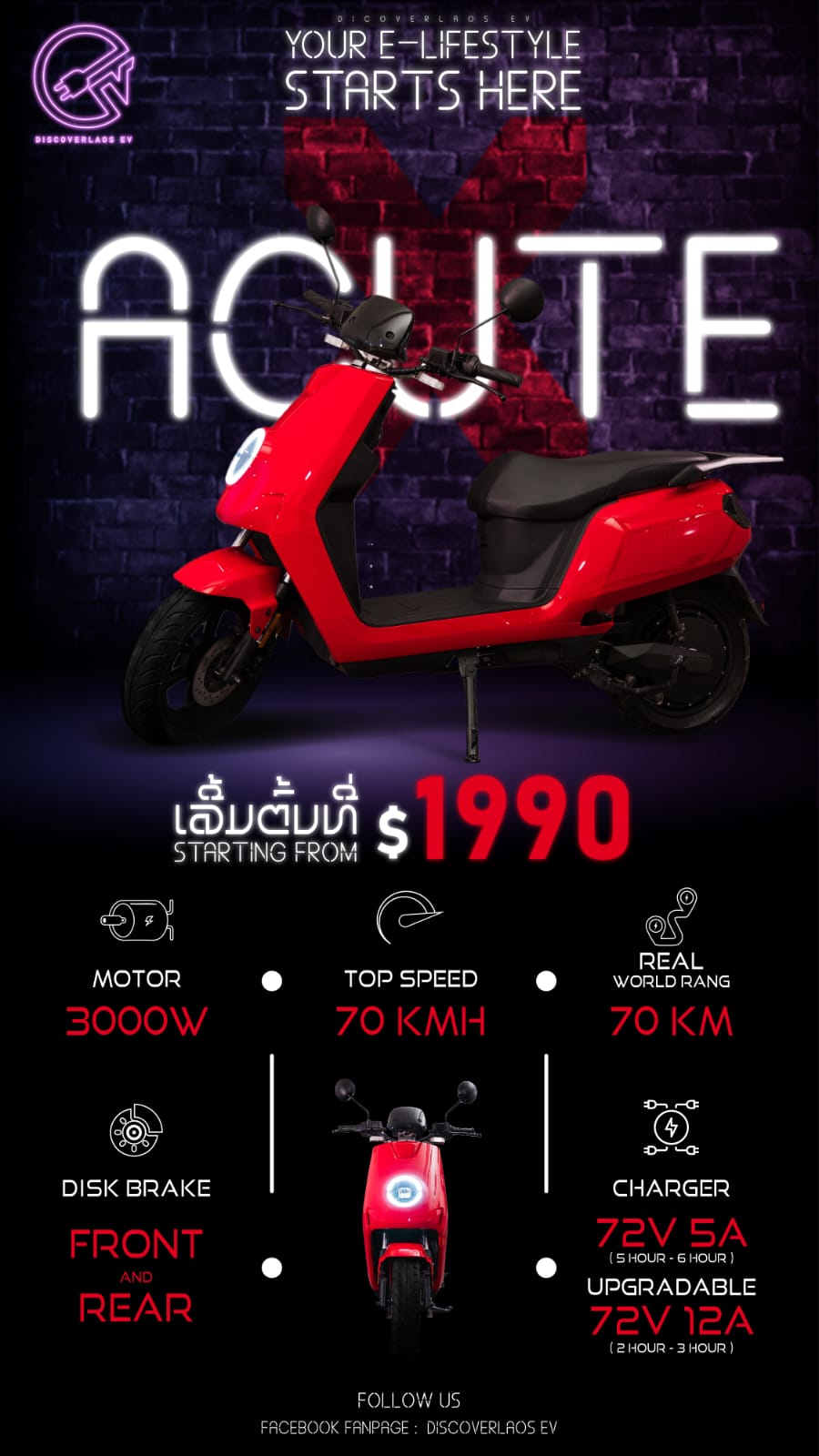
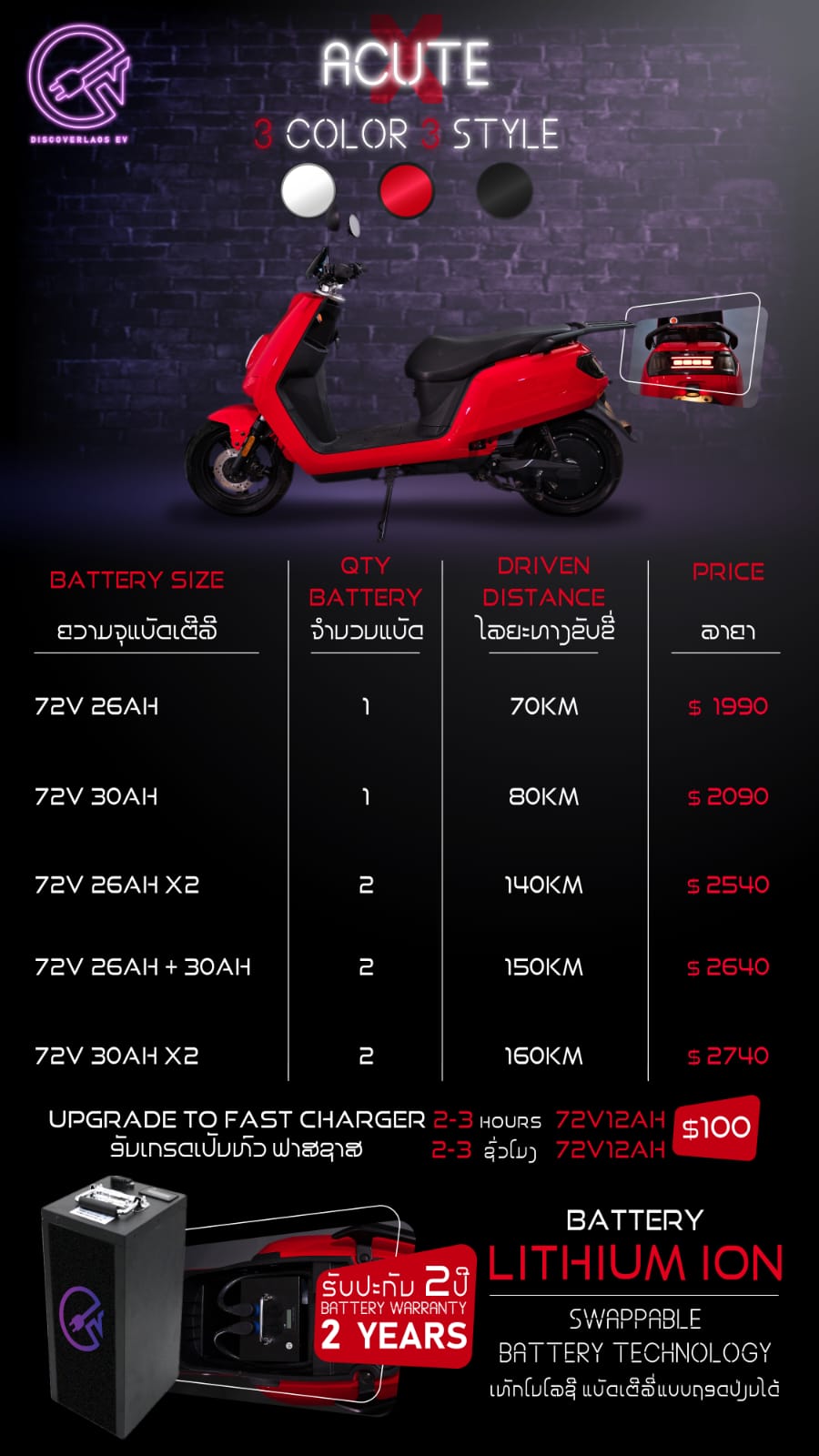
ELS
Just starting up, Maxine is importing into Laos the ELS brand which is built in China but to high specification for the European market mainly.
The batteries are made by Samsung and are removable for charging and you can carry one or 2 in the battery pocket.
You need to order through Maxine and pay a 50% deposit, the rest on delivery. There is a plan for the future to be able to pay by installments.
A choice of battery voltage and AH is available, 60 to 72 volts and 26 to 32 AH.
The motor is made by Bosch, the well renowned German company. The bikes we saw had 3000 Watt motors.
Maximum speed is said to be 65 kph and range 75 km.
There is a 2 year warranty on batteries, motor, the electrical system and the frame.
If anything needs more than a day or two and there is a demonstrator available that can be borrowed while waiting for repairs to be completed.
Maxine has a couple of demonstrator bikes you can try out.

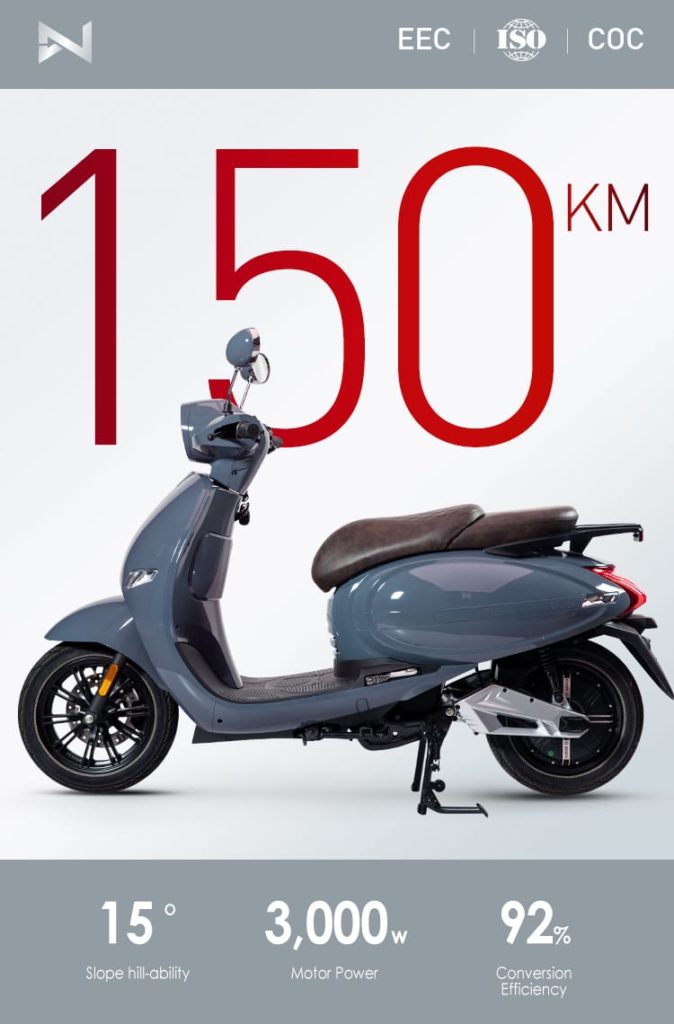
Maxine can be contacted on his WhatsApp number in Laos of +8562055464779
Olaa
Olaa are importers and resellers, of electric bikes and other goods. They have a fair range of models and colours which you can see in their shop in Asean Mall, same parade of shops as DiscoverLaos, so you can see both in one visit.
At present they only have lead acid bikes on show but they can import for you the lithium battery version, for more money of course.
They only have a small workshop it seems, we weren’t allowed to have a look or even have photos of it, they can do small repairs but don’t let you use
another bike if yours needs a long term wait for repairs. Generally there are few problems with electric bikes but of course there can be small issues with electrics.
The range of batteries is not so big, but all the prices are very modest.
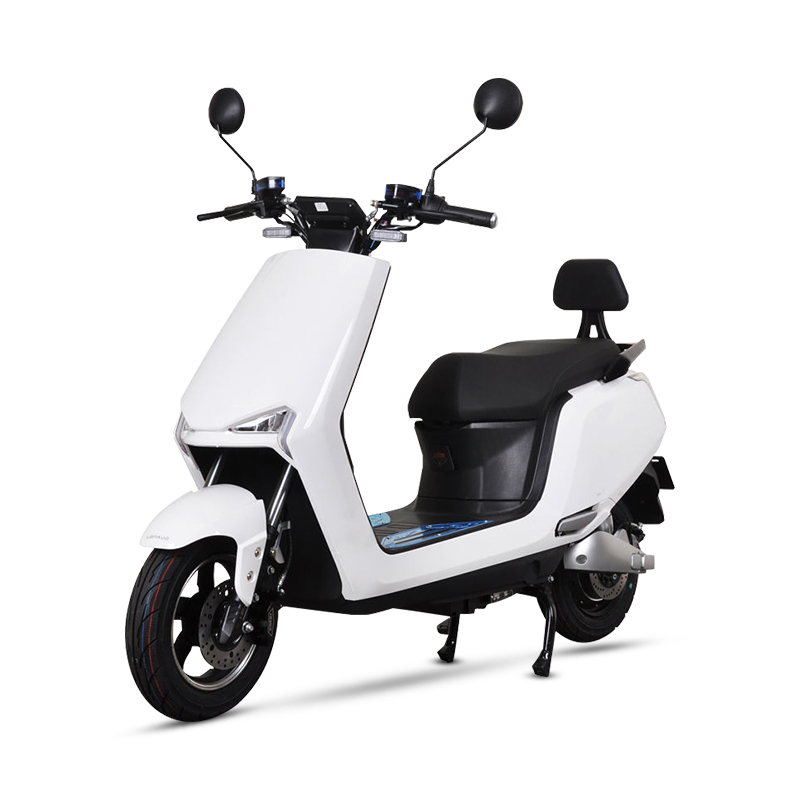
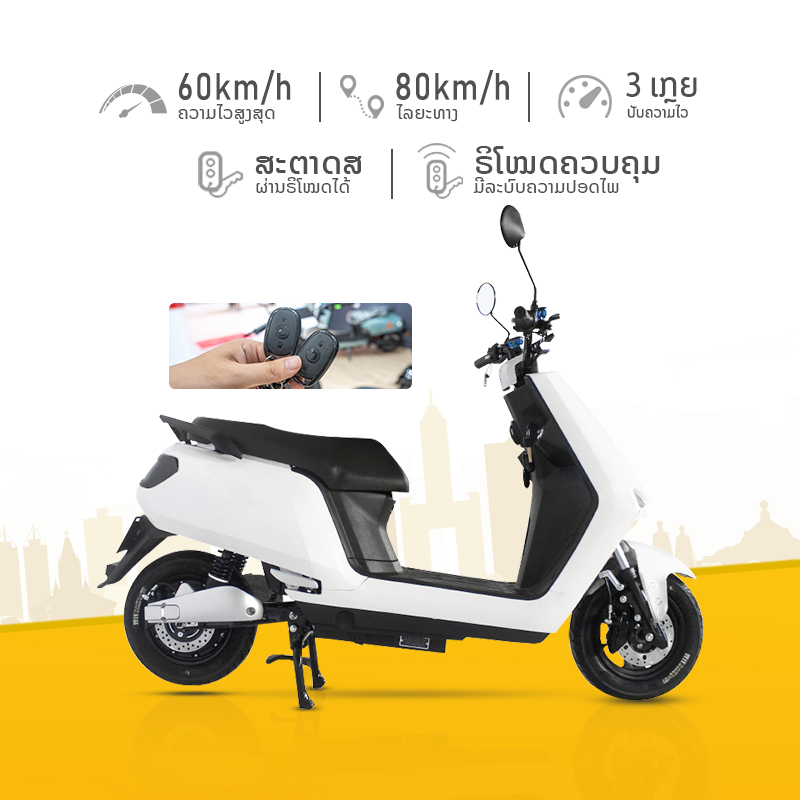
They currently have 3 models, the Milano, the Jet and the Venezia.
They differ in style and seating as you can see more pictures are available on their web site www.olaa.la
They all have 1000 Watt motors, so top speed in around 50 kph. With 20 AH batteries made by Chilwee which are 72 Volts, the range is a little limited, they suggest 60 to 70 km which may be possible if a fairly constant speed and lightweight passenger, but probably more realistically 50 km.
Battery warranty is for 1 year, motor warranty 2 years.
They can order for you other models including lithium battery bikes but when we visited they had none in stock.
The specs of the bikes were on posters by the bikes, see pictures, but they don’t match what they told us. We think the battery voltage and AH information are wrong. This is not uncommon for resellers, many don’t yet have the expert knowledge on this new technology.
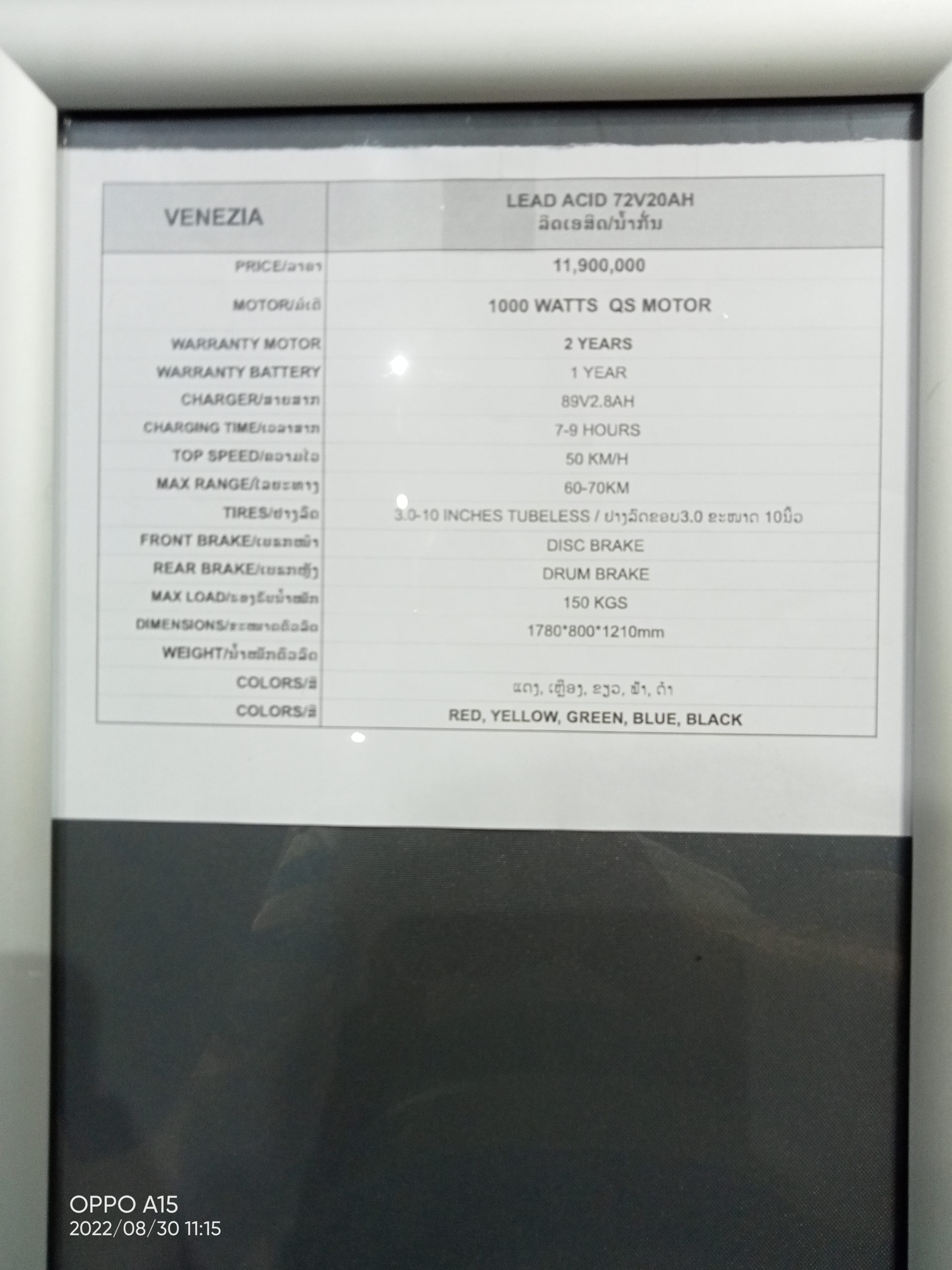
Vinfast
Vinfast is a popular Vietnamese brand and available through a small store called ?? not that far from Asean Mall.
Currently the range of bikes is very limited and they are kept at the back of the store, only lead acid but they are planning to move to lithium bikes, so check later. No proper workshop as far as we could see. They would check your bike and fix it for free but you would pay for the parts, except for the battery, guaranteed for just 6 months, or the motor, which has a 2 year guarantee.
They had different models, Espero, Feliz and Klan A2. They said the AH can be from 20 to 60, 20 is for the mini bikes. Range they said was from 50 to 90 km with a motor of 1200 Watts.
The original cost between ฿42,500 and ฿65,500, while the Lithium Upgradeable are pricing between ฿63,000 and ฿65,500.
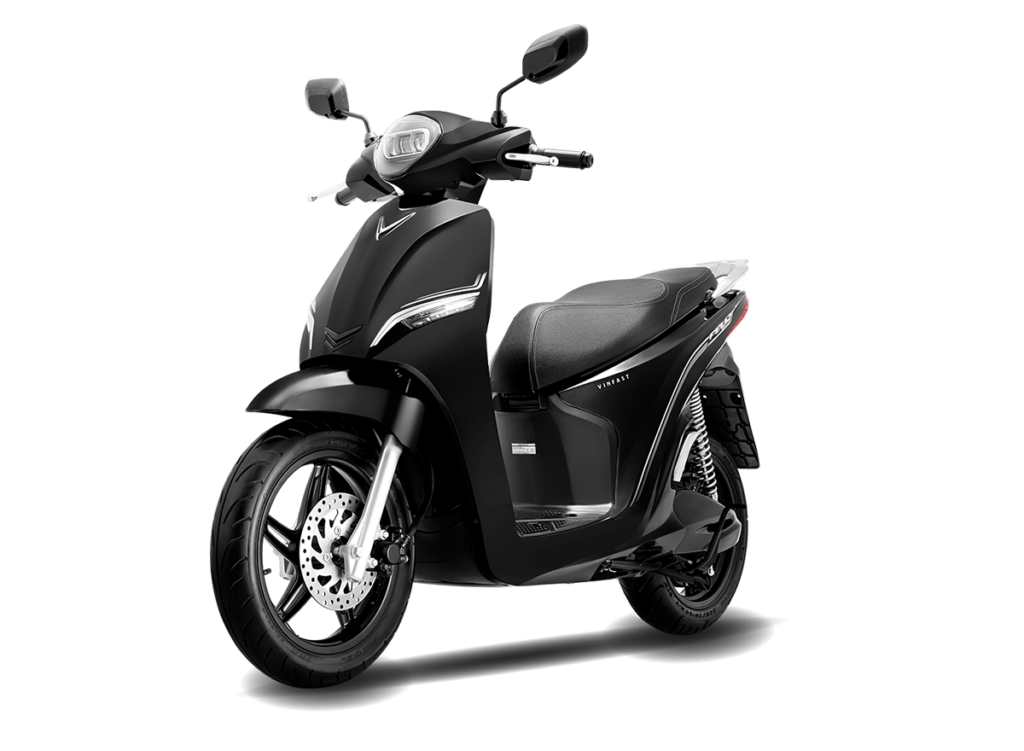
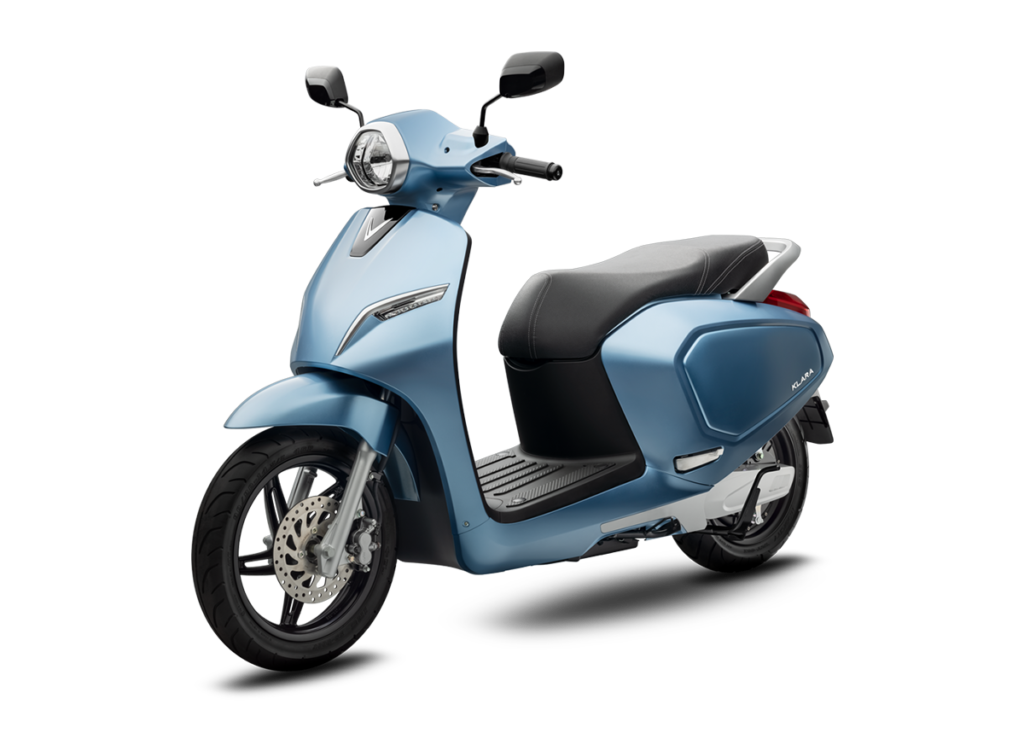
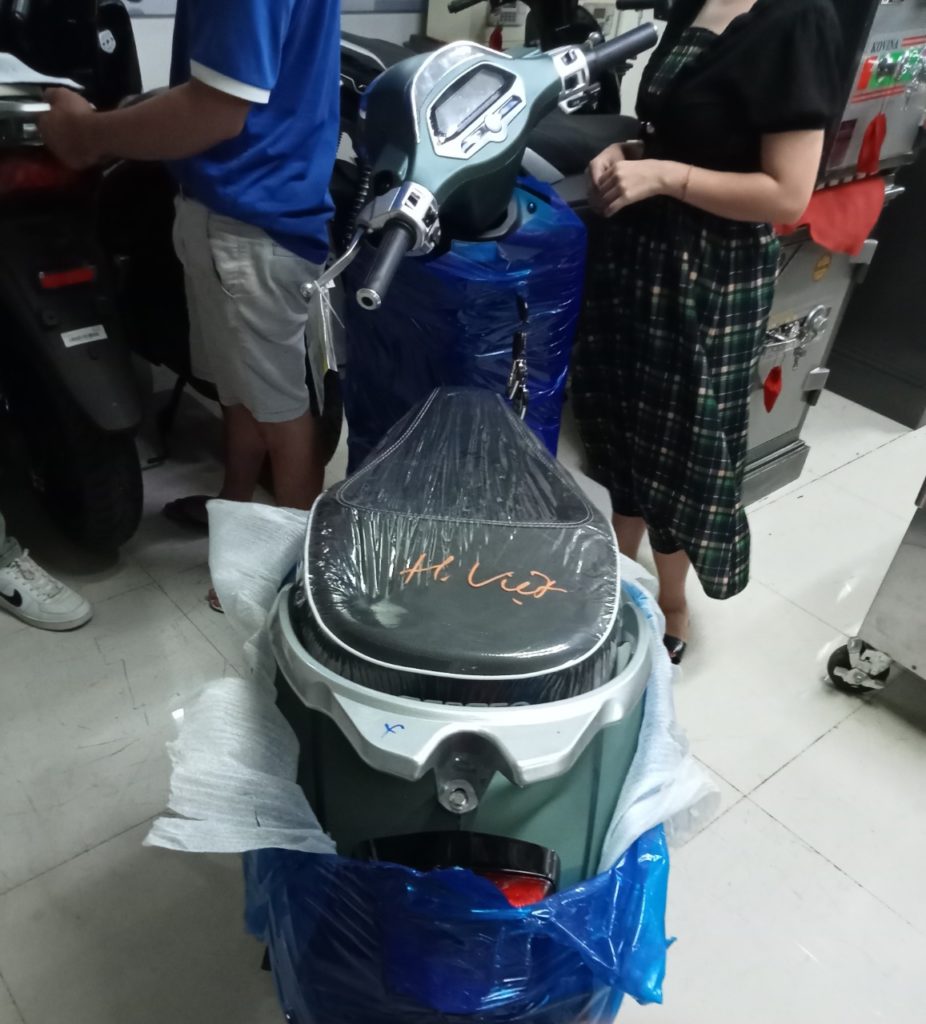
EV Rental
You can also rent an EV car or motorbike in Vientiane with evrental.la , a partnership between J&C Concept and DiscoverLaos EV.
With 6, 12, and 24-month rental packages, you can select an Wuling EV car or Acute motorbike for your immediate use. You can learn more by visiting evrental.la or by visiting https://www.facebook.com/conceptlaos

